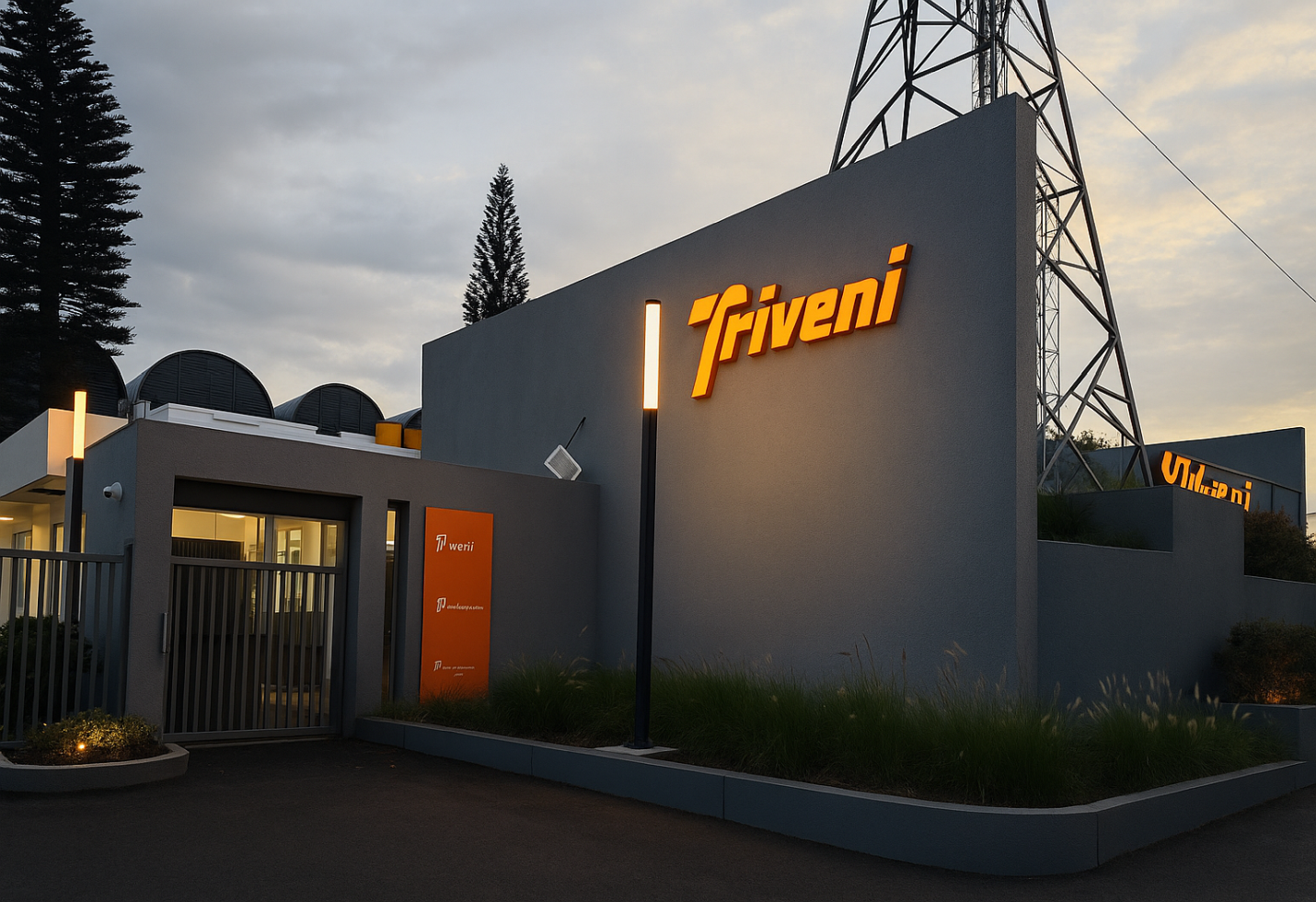Adani Electricity Boosts Investor Confidence with $49.5M Bond Buyback
With this latest move, Adani Electricity Mumbai has repurchased a total of $169.5 million out of its $1 billion bonds, signalling a strong commitment to deleveraging and efficient capital management.
Summary:
Adani Electricity Mumbai Ltd. (AEML), part of the Adani Group, has executed a buyback of $49.5 million worth of dollar-denominated bonds, adding to a previous $120 million repurchase in November 2023. This cumulative buyback of $169.5 million, part of the initial $1 billion issuance, demonstrates the company’s strategy to lower debt, improve credit metrics, and strengthen investor confidence in the face of global economic uncertainty. The move underscores the group’s broader shift toward financial prudence while maintaining operational growth in India’s critical power infrastructure sector.
In a clear demonstration of fiscal prudence and commitment to deleveraging, Adani Electricity Mumbai Ltd. (AEML) has repurchased $49.5 million worth of debt bonds from the international market, continuing its focus on balance sheet strengthening. This buyback follows an earlier repurchase of $120 million in November 2023, bringing the total debt buyback under the $1 billion bond program to $169.5 million.
This move comes at a time when Indian corporates, particularly those with exposure to foreign currency borrowings, are navigating a turbulent macroeconomic environment marked by rising interest rates, currency fluctuations, and growing investor scrutiny. AEML’s timely intervention signals not just a tactical financial move but also a broader strategy of long-term sustainability and risk mitigation.
Background: A Billion-Dollar Bond Program
AEML had initially issued $1 billion in foreign currency bonds to global investors, which were listed on international exchanges. These bonds, which attracted considerable interest from global asset managers and sovereign funds, were meant to support the company’s capital expenditure and refinance existing liabilities.
The issuance allowed the company to tap into lower international borrowing rates and diversify its funding base beyond domestic avenues. However, with global financing conditions tightening and a growing emphasis on ESG (Environmental, Social, Governance) practices, the company has shifted focus towards early redemptions and capital optimization.
Strategic Importance of the Buyback
Bond buybacks, especially in large infrastructure firms, are seen as strong indicators of:
Improved cash flow health
Reduced interest burden
Better debt-equity ratios
Enhanced investor sentiment
Adani Electricity’s latest buyback reaffirms its ability to generate consistent cash flows from its regulated power distribution business in Mumbai, which services over 3 million consumers, including households, businesses, and industries.
“The bond buyback demonstrates our commitment to financial stability and prudent capital allocation. We are focused on long-term value creation and maintaining a strong credit profile,” said a senior AEML spokesperson.
Market Implications and Rating Perspective
The buyback is expected to have a positive impact on AEML’s credit metrics, potentially influencing future rating outlooks by agencies such as Moody’s, Fitch, and S&P. Credit rating agencies typically view such voluntary buybacks favourably, as they suggest robust liquidity positions and a proactive approach to managing financial obligations.
In an environment where many global firms are struggling with refinancing due to elevated borrowing costs, AEML’s move sets a benchmark for proactive debt management among Indian corporates.
Part of a Larger Group-Wide Shift Toward Prudence
The Adani Group, post the Hindenburg report in early 2023, has undertaken significant steps to deleverage and rebuild global investor trust. Since then, several group entities including Adani Ports, Adani Green, and Adani Transmission have either prepaid loans or slowed down capex plans to strengthen their financial foundations.
AEML’s buyback complements this broader narrative of the group pivoting from aggressive expansion to strategic consolidation and sustainable growth. The group is increasingly aligning itself with global expectations around transparency, governance, and risk management.
Operational Strength Supports Financial Flexibility
AEML is a regulated electricity distribution utility, operating in one of India’s most commercially important urban centers—Mumbai. The company enjoys steady revenues through multi-year tariff orders regulated by MERC (Maharashtra Electricity Regulatory Commission), and minimal payment risk due to a well-diversified and premium-paying consumer base.
Its operational strengths include:
>99.9% network reliability
Digital-first customer service models
Sustainable power sourcing (including from Adani Green)
Robust infrastructure with minimal AT&C losses (~6%)
These operational advantages have helped the company maintain steady cash flows, enabling flexibility in capital allocation, including debt buybacks and infrastructure investments.
Looking Ahead: What This Means for Investors
For fixed-income investors and equity stakeholders alike, AEML’s latest action provides several takeaways:
Reinforces management’s commitment to reducing debt burden
Indicates improved financial liquidity
This signals a lower refinancing risk, especially for dollar-denominated liabilities
Enhances investor confidence in the overall Adani Group’s financial strategy
Going forward, analysts expect AEML to continue pursuing selective buybacks and interest-saving initiatives, especially as global interest rates remain volatile and inflationary pressures persist.
Conclusion: A Quiet Yet Powerful Statement
While not grabbing headlines like mega capex announcements or IPOs, Adani Electricity’s $49.5 million bond buyback is a strategically sound move that reflects financial maturity and foresight. In a time when global capital is becoming more selective, such actions help attract patient, long-term capital, especially for core infrastructure businesses.
As the Adani Group continues to navigate the path of resilience and responsibility, such disciplined moves may lay the groundwork for sustained investor trust, improved credit access, and a healthier financial ecosystem for India’s infrastructure giants.
:
The image added is for representation purposes only









